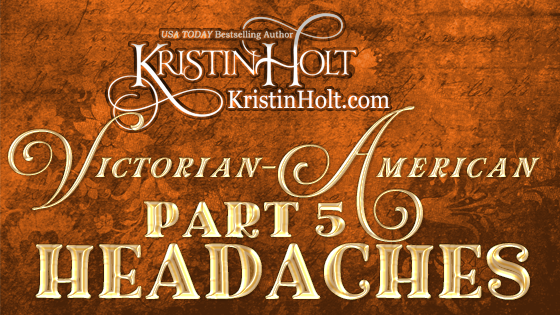
by Kristin Holt | Oct 23, 2019 | Articles
A vintage newspaper (Chicago Tribune, January 1901) sheds light on the dangers of headache powders but also their overwhelming redemptive value. The ‘doctor’ shares formulary details along with ‘life rules’ to prevent headaches (such as remaining sober). After all, Victorian-Americans “self-poisoned”, thus precipitating their headaches.
This piece is number five in a series of eleven articles: Victorian-American Headaches.
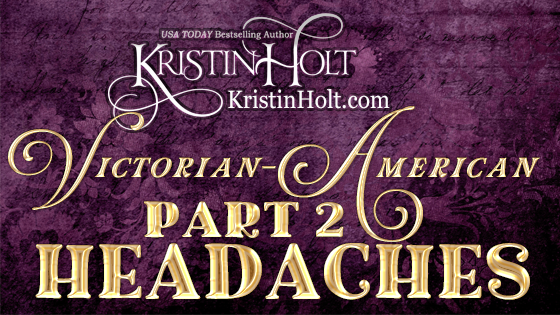
by Kristin Holt | Sep 5, 2019 | Articles
Part 2 of 11 in a Blog Article Series; May be read in any order. Links between each are provided for ease in reading.
Victorian-era American doctors faced the challenge of diagnosing headaches, relying upon intellect, experience, and deductive reasoning. After all, physicians couldn’t order a blood panel and read the results to assist in diagnostic work. This 1890 newspaper article contains a variety of types of headaches in 1890 language. I’ve provided translations where possible.
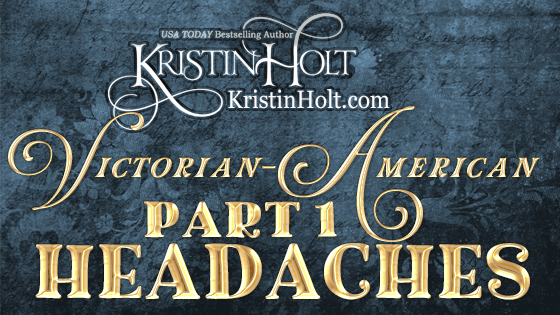
by Kristin Holt | Aug 30, 2019 | Articles
Victorian-Americans had several ideas about the common trouble of headaches– what caused the malady, what might help once a headache became entrenched, and perhaps why women suffer headaches differently than men.
Because I suffer from severe chronic headaches, I’ve often wondered what our Victorian-American ancestors did when they suffered a headache (migraine, tension headaches, etc.). What was science’s answer in the late nineteenth century? With so much primary historical information to share, I’ve prepared an eleven-part blog article series covering this fascinating subject.
This is Part 1: Why I write about headaches in in the Victorian Era United States and why hats may be to blame.
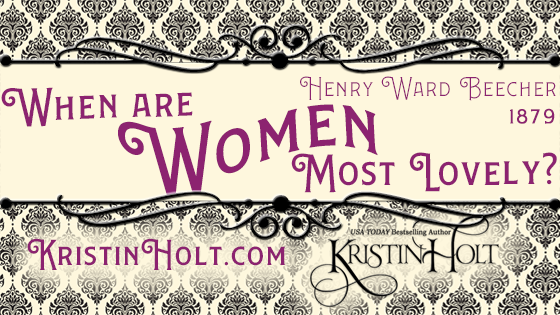
by Kristin Holt | Jul 25, 2019 | Articles
In an 1879 essay by Henry Ward Beecher, he persuades all to see that Old Maids may make the best of wives, for their youthful ways often pass right along with their marriageable years. Come mid-twenties, when a woman is an Old Maid, he argues she’s come into her prime of womanhood.
Beecher was, it seems, concerned about appearance.
What about those ladies who are consistently kind, gracious, and pleasant to be with? What of those good girls who finds no fault and never complains. Perhaps this Best Woman did make for the Best Victorian Wives.
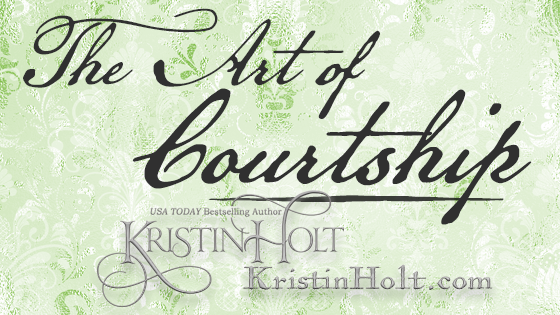
by Kristin Holt | Jun 17, 2019 | Articles
The Art of Courtship: Vintage wisdom relayed from the mid-nineteenth century to a newspaperman thirty years later (in 1887) sheds light on choosing a wife, beginning a courtship, different types of girls (shy, coquette [flirt], “vidders” [widows], and old maids, etc.). Victorian attitudes are prevalent, including the general idea that the sick and infirm aren’t suitable to marriage (think of the children!). Everything you wished your great-great grandpa had told you about courting… and more.













